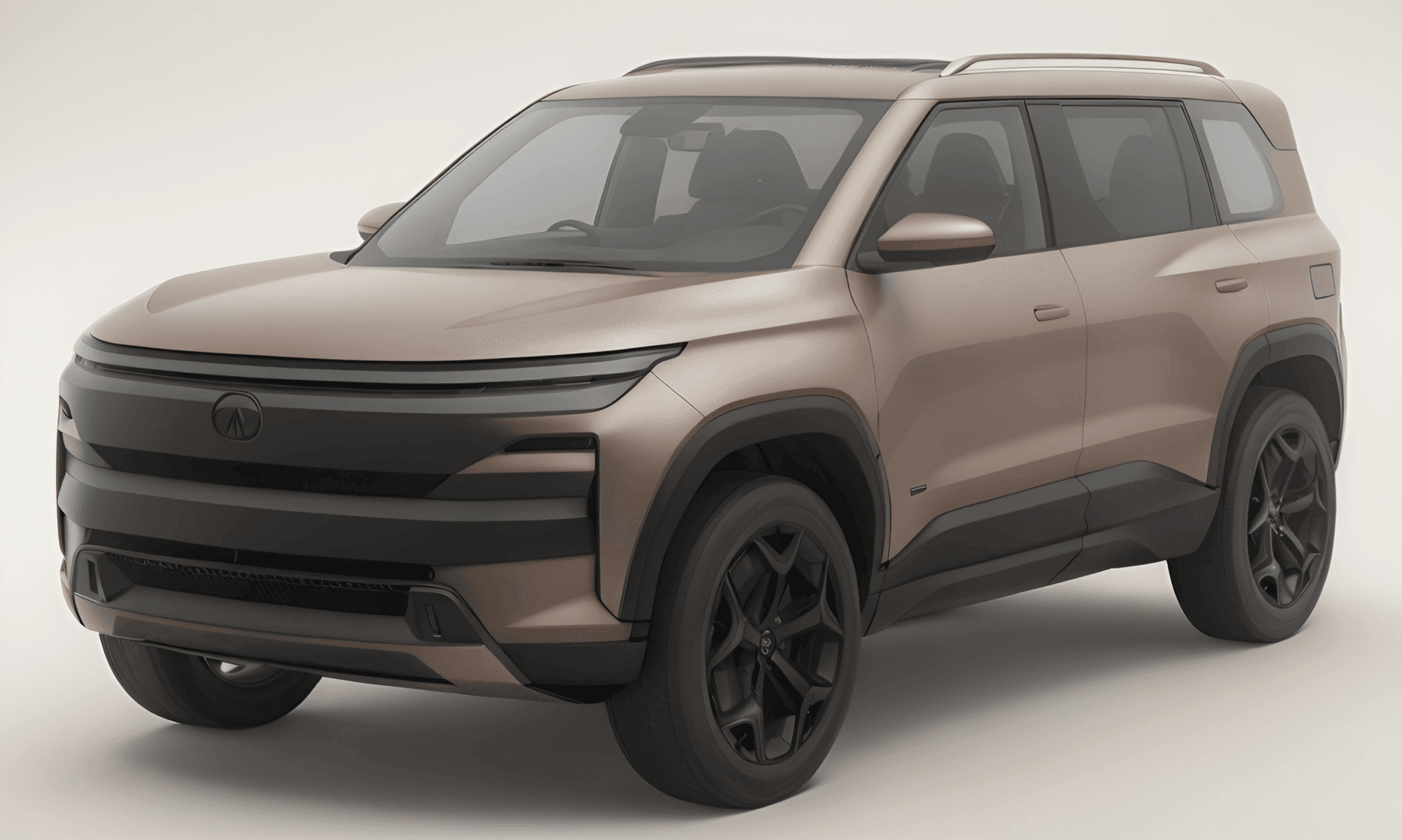Why should Tata relaunch Sumo on Sierra's platform
Published On 5/9/2024, 3:47:16 pm Author Zeeshan AliSumo has been an iconic vehicle for almost two decades. It has ruled government offices, cab services and ofc course south Indian Movies. A probable reason why Tata didn't revived the name like it did for Safari was the Utilitarian identity attached to Sumo. However, shouldn't this name be back? Read about Zeeshan's insight on it.

The Tata Sumo, an iconic name in Indian automotive history, holds a special place in the hearts of many. But do you know the story behind its name? Contrary to popular belief, "Sumo" is not derived from the Japanese wrestling sport. It was actually named after Sumant Moolgaokar, one of Tata Motors’ legendary leaders and former MD of TELCO (now Tata Motors). His visionary ideas and leadership played a key role in shaping the future of the Indian automotive industry, and the vehicle's name was a tribute to his contributions.
Tata launched the Sumo in 1994, designed as a rugged, multi-purpose vehicle capable of handling both urban and rural environments. Over the years, it became synonymous with durability, versatility, and affordability, making it a preferred choice for large families and commercial operators alike.
Tata Sierra, launched in 1991, was India’s first SUV designed and made by Tata Motors. It was ahead of its time with features like power windows, something rare in Indian vehicles back then. The Sierra had a strong presence with its distinct three-door design and powerful diesel engine, aimed at a younger, adventurous audience.
Though both the Tata Sierra and Sumo were introduced around the same time, they didn’t share the same platform. The Sierra was a more premium, lifestyle-oriented SUV, while the Sumo, launched in 1994, was built to be a rugged, multi-purpose vehicle for larger families and commercial use. Despite their different target audiences, both vehicles represented Tata's commitment to creating reliable and durable vehicles that could handle tough Indian road conditions. The Tata Sierra, launched in 1991, featured a 2.0-litre diesel engine, later upgraded to a turbocharged version, offering a powerful and premium SUV experience for both urban and off-road driving. In contrast, the 1994 Tata Sumo, built on a different platform, used a similar 2.0-litre diesel engine but focused on durability and heavy-duty usage rather than luxury. Over time, the Sumo received engine upgrades, including a turbocharged option, maintaining its practicality and toughness for rugged conditions.
Despite its innovative design and popularity, the Tata Sierra was discontinued in 2000. While it was India’s first SUV with features like power windows and a turbocharged diesel engine, the market wasn’t ready for such a lifestyle-oriented vehicle at the time. The Sierra's three-door design and premium pricing limited its appeal, especially in a market where practicality and affordability were more important to buyers.
Additionally, the competition from newer, more affordable SUVs and the growing preference for five-door vehicles played a role in its discontinuation.
After the discontinuation of the Tata Sierra, Tata Motors gradually became known primarily as a commercial vehicle manufacturer. Except for the Tata Safari, which enjoyed success as a rugged SUV, most of Tata’s cars, like the Indica and Sumo, were seen as cabs or MPVs rather than premium passenger vehicles. While Tata did make attempts to break away from this image with models like the Tata Bolt and Zest, they didn’t manage to significantly change the brand's perception.
Tata also tried with the Hexa, which was a well-built and feature-rich SUV, but it still failed to attract a large number of private buyers, as it couldn't shake the company's "commercial vehicle maker" image. However, Tata Motors finally succeeded with the launch of the Tata Nexon. The Nexon, with its 5-star safety rating from Global NCAP, brought something fresh to the Indian market—an affordable, stylish, and extremely safe SUV. This shift in focus towards safety and design helped Tata Motors shed its cab-oriented image and transform into a brand associated with premium, safe cars.
Now, Tata Motors has revived the iconic Tata Sierra, which taps into the nostalgia and spirit of the original model but with modern features and design. However, the question remains—could Tata also revive the Sumo to compete with popular MPVs like the Maruti Ertiga or Kia Carens? With the right platform, a new Sumo could combine ruggedness with comfort, appealing to family buyers! Tata does have a gap in MPV segment under 15 lakh too! Tata Sierra's platform will be an apt choice for the same!
Interested in buying Tata Cars? Check them out here Tata Cars
Concept image of Sumo revived:

















